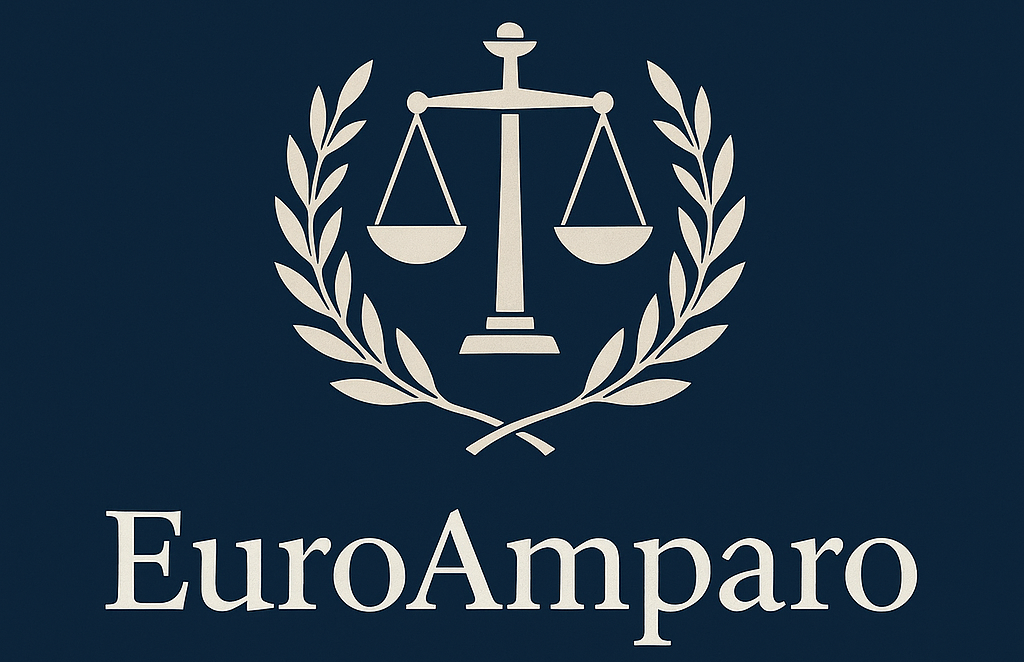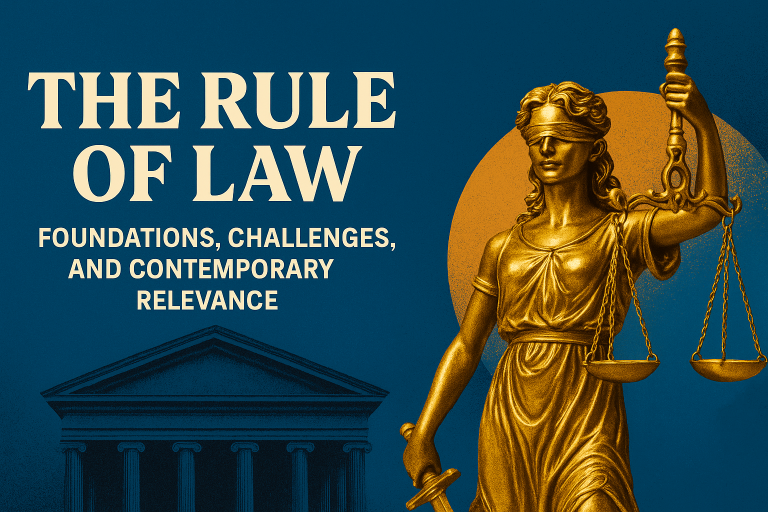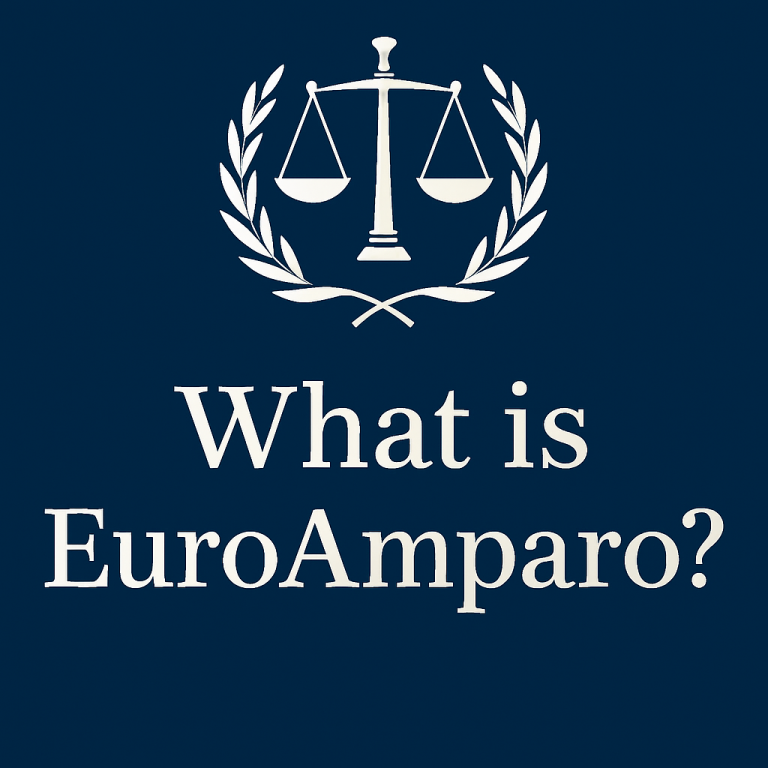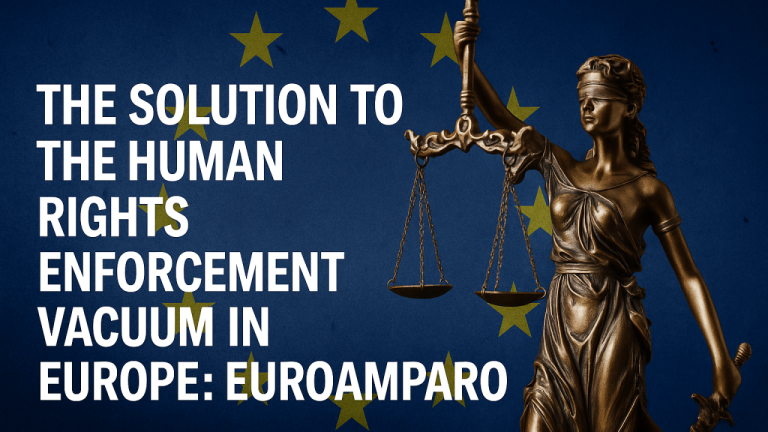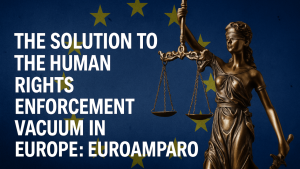 By Dr. Ernesto Briseno, MCIArb
By Dr. Ernesto Briseno, MCIArb
The Problem
Despite the seemingly robust frameworks of protection under EU law and the European Convention on Human Rights (ECHR), millions across Europe—citizens, residents, migrants, refugees, and even short-term visitors—find themselves unable to enforce their rights in any timely or meaningful way.
These include:
• Victims of discrimination.
• Parents facing unjust separation from their children.
• Individuals denied legal recognition, documents, or procedures without recourse.
• Refugees and third-country nationals subjected to administrative silence or abuse.
• Minorities excluded from systems of remedy and accountability.
The issue is not an absence of rights on paper. It is the absence of effective, rapid, and enforceable remedies. Today, most pathways to justice require:
• Exhausting multiple judicial instances over years, often before the same authorities responsible for the original violations.
• Overcoming legal complexity, costs, and institutional indifference.
• Navigating fragmented systems without meaningful accountability.
One emblematic case is Coman, where a Romanian-American same-sex couple fought for six years to have their marriage recognized for residence rights under EU law. While they ultimately won, who among us has the resources, stamina, or legal knowledge to endure such an ordeal?
Had this case been brought in Mexico under the Juicio de Amparo, the couple would have been granted a suspensión del acto reclamado—a protective order halting the harm within days. A final resolution would likely have arrived within 18 months.
In Europe, they lived in legal limbo for six years.
The Mexican Inspiration
The Amparo was born from necessity in 19th-century Mexico, conceptualized by jurists such as Manuel Crescencio Rejón and Mariano Otero and later institutionalized by Ignacio Vallarta. It was codified under the liberal reforms of Benito Juárez.
This instrument became one of the earliest and most effective legal mechanisms in the world to:
• Enable individuals to challenge unlawful state actions directly.
• Provide urgent interim protection through suspensions that prevent irreparable harm.
• Enforce the supremacy of constitutional rights over bureaucratic or judicial inertia.
Amparo remains a powerful tool in Latin America—used daily by migrants, Indigenous peoples, vulnerable families, and minorities. It functions as a direct, practical response to human rights violations, offering justice with urgency, not in theory or delayed adjudication.
The Proposal: EuroAmparo
EuroAmparo is a proposed judicial mechanism tailored to the European legal landscape. Inspired by Amparo, it is designed to:
• Provide direct, accessible access to justice for individuals suffering rights violations—without enduring multi-year litigation.
• Ensure immediate interim protections, not merely post-hoc judgments.
• Hold both action and inaction by states, courts, and EU institutions accountable.
• Give real-world enforceability to the EU Charter of Fundamental Rights and the ECHR.
Who It Would Help
EuroAmparo is for all individuals under European jurisdiction whose rights are violated, including:
• EU citizens and their families denied recognition or residency due to nationality, marital status, or identity.
• Refugees and asylum-seekers trapped in procedural limbo or denied basic protections.
• Transnational couples, mobile workers, and legal residents encountering arbitrary barriers.
• Children and families caught in legal gray zones.
• Anyone suffering from institutional silence where no remedy exists in practice.
• All who are denied any fundamental right with no meaningful or timely path to redress.
Where We Stand
EuroAmparo is currently under development, supported by legal scholars and practitioners from Europe and Latin America. The initiative includes:
• A founding concept grounded in cross-constitutional tradition.
• A digital platform under construction.
• A public launch planned for late 2025, featuring early endorsers, legal tools, and case examples.
We are now seeking:
• Strategic feedback on refugee and migration dimensions.
• Institutional collaborations and partnerships.
• Support in designing a legal instrument rooted in Latin American constitutional ingenuity, but customized for the European context.
Final Thought
When Europe offers rights without remedies, justice ceases to be symbolic—it becomes a deliberate betrayal. Not only of European citizens, but of humanity itself.
Mexico did not create Amparo from abstraction—it was born of lived necessity. Today, EuroAmparo offers a tested, dignified, trans-systemic solution to Europe’s growing enforcement gap.
Together, we can transform Europe’s legal architecture from a paper promise into a structure of true accountability. We can make the EU Charter and the ECHR accessible, actionable, and protective in practice—not just in brochures.
May the day soon come when European lawyers routinely read the words:
